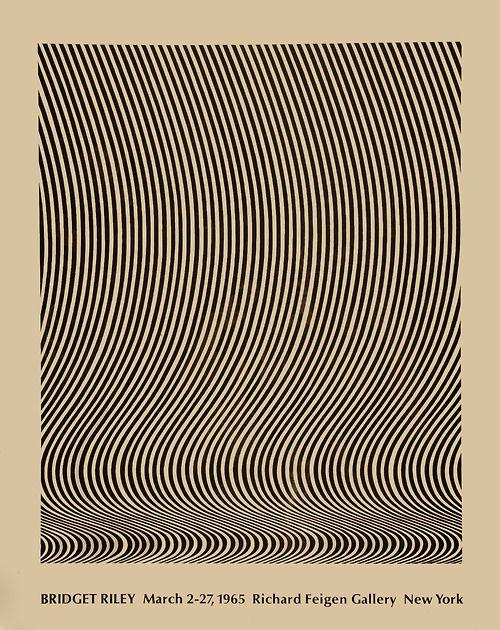
Ritual Spotlight
Mantras
—Ram Dass
The word is a combination of two Sanskrit roots: “Man” means mind, “Tra” means to tune the vibration. Man-tra is a sound current that helps tune and control the frequency of our mental vibrations. Such sounds, typically structured as a melodic phrase, poem, or religious syllable or combination of syllables, must be repeated – over and over again – in order to elevate or modify consciousness (more on that below).
But before there is a mantra, there is you: the actor, the agent, the willing participant. As Ram Dass says: “Mantras in and of themselves don’t do anything at all – it all has to do with the beings who work with them.” So it is how you apply mantra, the manner in which you recite it, and how you approach the process — the ritual — that brings about the degree of healing, shift, and change.
Here’s what happening when you engage with them:
Where to Start
Perhaps you’re longing for more truth in your life. Greater groundedness, light, peace, knowledge, action, forgiveness, or love. There are thousands of discreet mantras, each with designated spiritual interpretations, that you might use to tap into an intention.
Om Mani Padme Hum, translating to “God in unmanifest form is like a jewel in the middle of a lotus, manifest in my heart” is one example of mantra. You might be most familiar with “Om,” a Sanskrit seed syllable, originating sometime between 1500 – 1200 BC. “Om” appears at the beginning and end of most Sanskrit recitations, prayers, and texts, and was often hymned in praise of the Divine. It is the sound of “Om” that signals meaning: “a vibration from which all the manifest universe emanates.” “Om” is truth and to recite it is as a mantra is to connect yourself to the concept of origin — a story beyond yourself, of history and its breadth.
How to Use
Finding resonance in the literal translation of the phrase, syllable, poem you are reciting is the first step, the “lowest level of operation of mantra.” The next is how you speak into them. What sets mantra apart from reciting a positive affirmation, for example, is the distinctive quality and role of sound. Across various incarnations of mantra, whether chanted aloud, spoken, or sung, is the alchemic effect of rhythm, tone, and repetition — the qualities of sound that are setting the vibrations of meaning into motion. Everything in the Universe – in nature, situations, crowds of people – corresponds to a specific vibratory frequency. Through recital of mantra, you are tuning into the vibration of a particular combination of sounds, into those subtler vibrational levels of “intelligence” or consciousness. And by riding the “wave,” you are tuning the mind.
This is when mantra begins to come alive to the point that its meaning, in a traditional linguistic sense, is lost in the way a word repeated becomes its sound, more than its signification. “The mantra and the reciter of the mantra are not separate from one another.” The sacred sayings themselves bring about, through their very utterance, a psychological shift, healing, and transformation.
